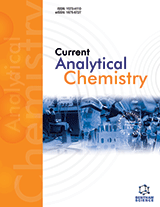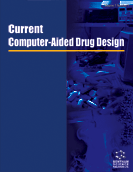Abstract
The quantitative structure-activity relationship (QSAR) of a set of 29 agonists for tyramine (TA) receptor responsible for the inhibition of sex-pheromone production in Plodia interpunctella, was analyzed using comparative receptor surface analysis (CoRSA). Using the common steric and electrostatic features of the most active members of a series of compounds, CoRSA generated a virtual receptor model, represented as points on a surface complementary to the van der Waals or Wyvill steric surface of the aligned compounds. Three-dimensional energetics descriptors were calculated from receptor surface model (RSM) / ligand interaction and these three-dimensional descriptors were used in genetic partial least squares data analysis to generate a QSAR model, giving a 3D QSAR with r2=0.969 for calibration and CV- r2=0.635 for the leave-oneout cross validation.
Keywords: hts, high throughput screening, micro-arrayed compound screening, hdac




























